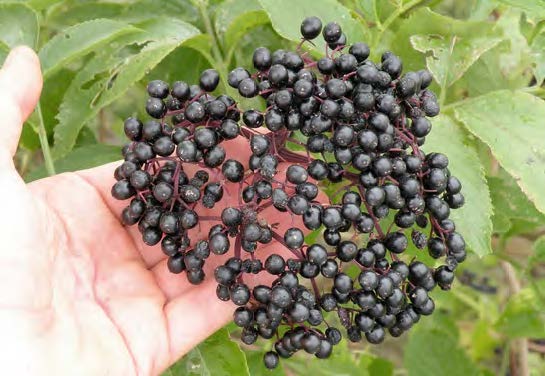Editor's note
This page currently contains only the introductory section of this guide. For the entire text, please download the PDF.
The Natural Resources Conservation Service (NRCS) is an agency of the US Department of Agriculture (USDA) that is responsible for assisting landowners in addressing resource concerns on private lands to improve our soil, water, air, plants, animals (both domestic and wild), and improve energy efficiency. The vision of NRCS is to ensure productive lands in harmony with a healthy environment.
Agroforestry is a unique land management approach that intentionally blends agriculture and forestry to enhance productivity, profitability, and environmental stewardship. In 2010, the USDA-NRCS and USDA Forest Service, along with numerous other partners and stakeholders, developed the USDA Agroforestry Strategic Framework to increase awareness and support for agroforestry across the country. As a result, NRCS in Missouri offers a dedicated funding pool for Agroforestry and Woody Crop Establishment within the Environmental Quality Incentives Program (EQIP).
NRCS provides assistance to landowners in the form of Conservation Technical Assistance (CTA) and Financial Assistance. CTA is the help that NRCS and its partners provide to private landowners to address opportunities, concerns and problems related to the use of natural resources and to help landowners make sound natural resource management decisions on private, tribal and other non-federal lands. CTA is voluntary and free. One of the most beneficial outcomes of
participating with NRCS CTA is the development of a Conservation Plan specific to each landowner's property and goals.
If the landowner chooses CTA, the Conservation Plan serves as a springboard for those interested in participating in EQIP financial assistance. EQIP provides financial assistance to help implement conservation practices that address natural resource concerns. Some common natural resource concern categories that can be addressed with agroforestry and woody crop practices include: air quality emissions, aquatic habitat, concentrated erosion, degraded plant condition, field pesticide loss, field sediment, nutrient and pathogen loss, inefficient energy use, livestock production limitation, soil quality limitations, terrestrial habitat, weather resilience, and wind and water erosion.Financial assistance is awarded to the producer for implementing conservation practices in accordance with established conservation standards established for each practice.
The core conservation practices associated with the EQIP Agroforestry and Woody Crop Establishment funding pool are:
- Alley cropping
- Multi-story cropping
- Riparian forest buffers
- Silvopasture
- Tree/shrub establishment
- Windbreak/shelterbelt establishment
These conservation practices may be utilized individually or in combination in different parts of the landscape depending on the landowner’s goals.
Topics
- Agroforestry practices
- Conservation
Pages
- 4
 Lauren Cartwright
Lauren Cartwright